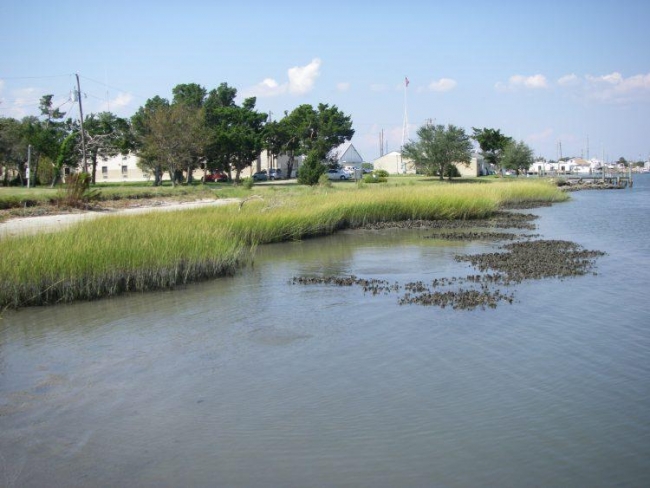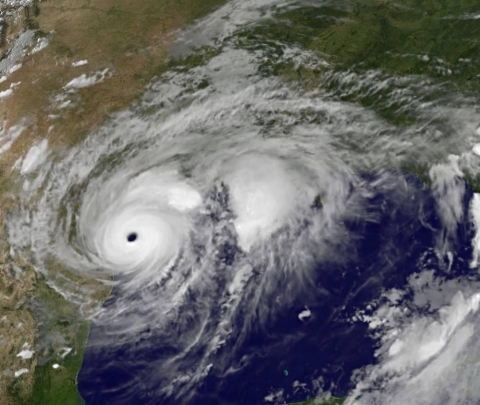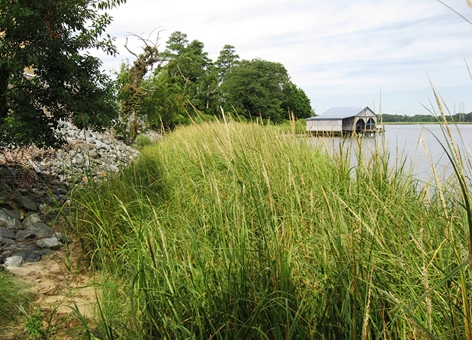This blog was originally published on Jan. 11, 2018.
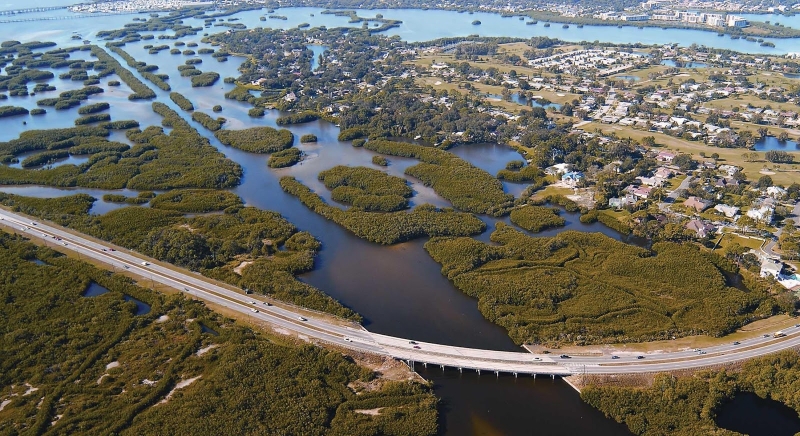
According to the Journal of Coastal Research, by the second half of this century, more than half of the world’s population will live within 100 kilometers of a coastline. Maybe that’s not a startling fact for some, but when you stop to consider this in light of sea level rise, the predicted increased storm intensity and frequency, and other coastal hazards associated with heavy development, that’s putting nearly 4 billion people at risk. In the U.S. alone, approximately 163 million people could be impacted!
An important part of the work that NOAA’s Office of Response and Restoration does is environmental restoration work to ensure that our coastal habitats remain healthy and able to deliver their full range of ecological services and benefits in order to protect coastal communities and the associated infrastructure.
An increasingly popular and cost-effective means of restoring coastal ecosystem health and resiliency is the use of living shorelines. According to NOAA’s “Guidance for Considering the Use of Living Shorelines:”
Living shoreline is a broad term that encompasses a range of shoreline stabilization techniques along estuarine coasts, bays, sheltered coastlines, and tributaries. A living shoreline has a footprint that is made up mostly of native material. It incorporates vegetation or other living, natural ‘soft’ elements alone or in combination with some type of harder shoreline structure (e.g. oyster reefs or rock sills) for added stability. Living shorelines maintain continuity of the natural land-water interface and reduce erosion while provided habitat value and enhancing coastal resilience.
As our coasts and coastal communities continue to face a number of stressors, living shorelines offer an opportunity to address these stressors. For instance, let’s take a look at Hurricane Harvey and the havoc it caused along the Texas coast. The impacts from Harvey on Houston and the surrounding area were catastrophic — with extreme winds and 52 inches of rain — flooding freeways, homes, neighborhoods, and businesses.
Houston is home to a large number of refineries and other chemical plants. Following the hurricane, chemical plants and oil refineries across the Gulf Coast of Texas reported damage, leaks, and emissions. Among them was the Arkema organic peroxide facility located in Crosby, Texas, which reported chemical fires following a loss of power caused by flooding.
And, let’s not forget one of the sneakiest forms of pollution and debris: private property! Harvey flooded an estimated 100,000 homes, cars, and other structures, causing chemicals, oil, sewage, and other forms of pollutants to be leaked into floodwaters. (Check out before and after pictures here.)
Where did those floodwaters eventually end up? You got it, right into Galveston Bay and other nearshore waters — carrying the accumulated pollution with them.
So where do living shorelines fit into all this?
Glad you asked!
Remember that living shorelines incorporate a variety of natural vegetation and “soft” elements that mimic a shoreline’s natural state. By implementing living shorelines, shorelines’ ecological functions and services can be improved and restored. So, let’s take a closer look at a couple components of living shorelines.
First, let’s explore marsh grasses and other natural vegetation types like mangroves. These types of vegetation are a critical piece of a living shoreline and serve a number of purposes in a living shoreline. This vegetation can help dampen wave energy and thus, protect coastal communities. These plants also help the marsh accrete, or grow and rise, by trapping sediment, thereby helping our coasts adapt to sea level rise. Additionally, this vegetation helps hold the soil and peat in place, effectively slowing coastal erosion rates and protecting coastal communities.
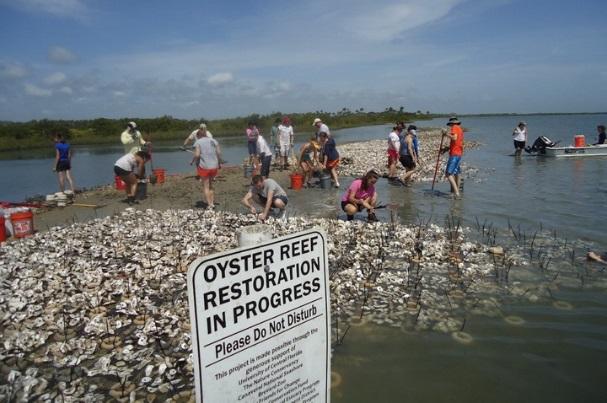
Oyster shells and oyster reefs are another component of living shorelines often employed as a “hard” element to help stabilize the new shoreline. When recycled oyster shells are used in a living shoreline, they serve as an ideal substrate for larval oysters, also known as spat, to settle and grow. As oysters begin to repopulate an area, they can rapidly help improve immediate water quality. In fact, a single oyster can filter more than 75 gallons of water a day! Additionally, as the oyster reef continues to grow, it will form a physical barrier that helps attenuate wave energy and minimize coastal erosion.
Pretty neat, huh? And this doesn’t include the recreational and commercial fishing benefits. Living shorelines provide important fisheries habitat for juvenile fish, many of which are commercially and recreationally significant species. They also provide scenic areas for other types of recreation such as kayaking and bird watching.
So taken together, living shorelines can check a lot of boxes when it comes to improving coastal resiliency. They can protect shorelines from erosion, improve water quality and store nutrients, and increase shoreline stability over time. Living shorelines also provide habitat for fish and other living resources, as well as attract other wildlife. And most importantly, they can outperform hardened shorelines during extreme weather events.
So while living shorelines probably wouldn’t have prevented the catastrophic impacts of Hurricane Harvey, these areas certainly helped to mitigate some of the impacts and are helping Galveston Bay and other estuary habitats bounce back faster.
Oysters are helping to filter out pollutants from the floodwaters and stabilize an impacted shoreline, and marsh grasses and vegetation are helping trap sediment to slow erosion and create important fisheries and wildlife habitat. As this natural infrastructure becomes more prevalent, we will see our coastlines become more resilient in the face of changing ocean conditions and climate.
It is our hope that living shorelines will become the common-sense option for coastal restoration work and we are proud to work with NOAA’s Office of Response and Restoration to make that happen.
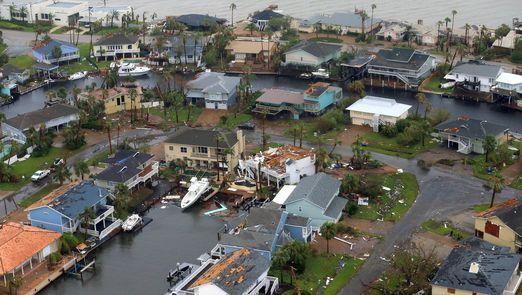
Leigh Habegger is the external affairs manager for Restore America’s Estuaries. She has a background in coastal, marine, and fisheries policy and has worked in several different sectors in this field, including as a Knauss Fellow for Rep. Chellie Pingree (D-Maine) in 2014. Leigh earned her Bachelor of Science degree in biology from the University of North Carolina at Chapel Hill and a master’s degree in marine affairs from the University of Rhode Island. She has always had a deep love for the coast and ocean that has taken her to oceans near and far.

